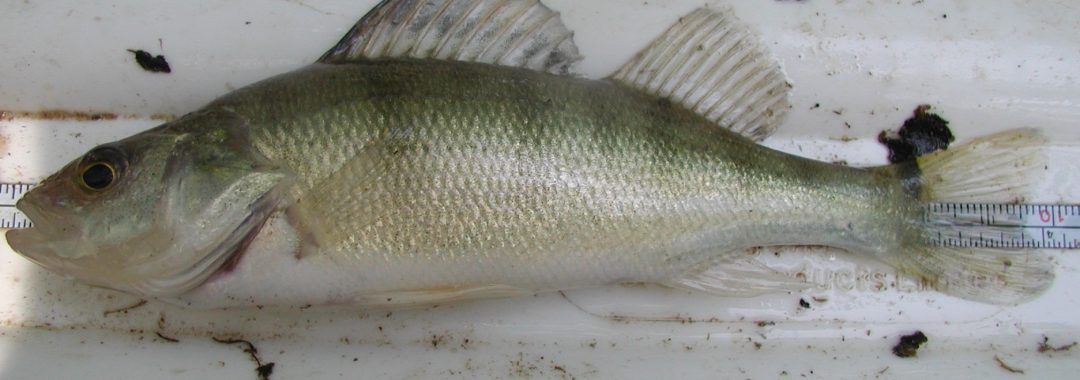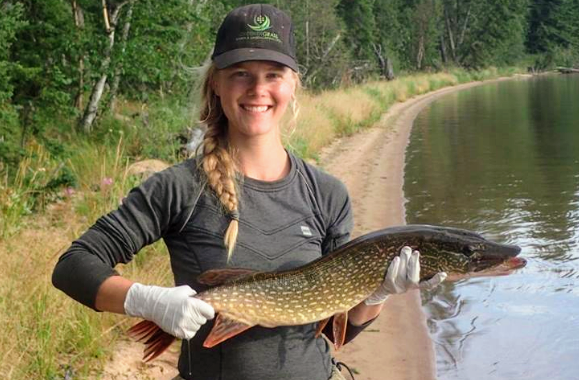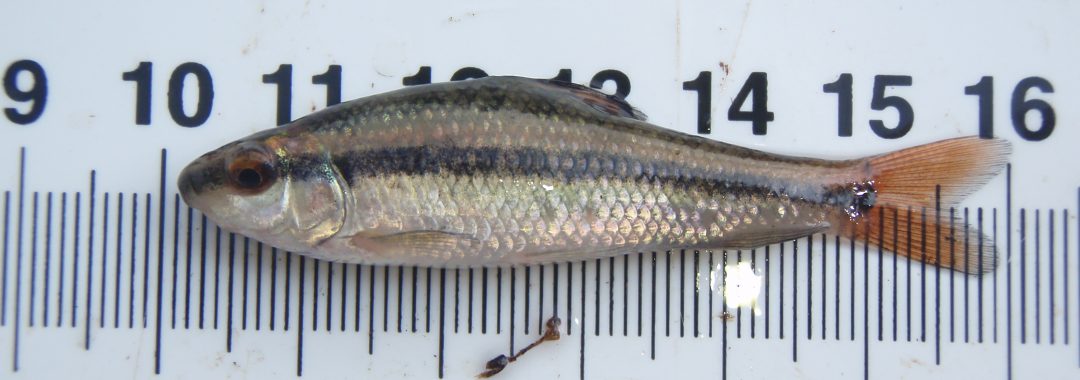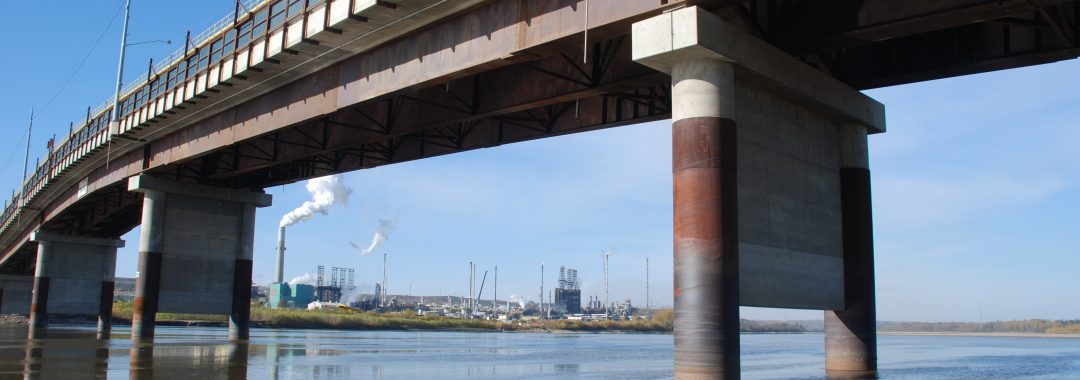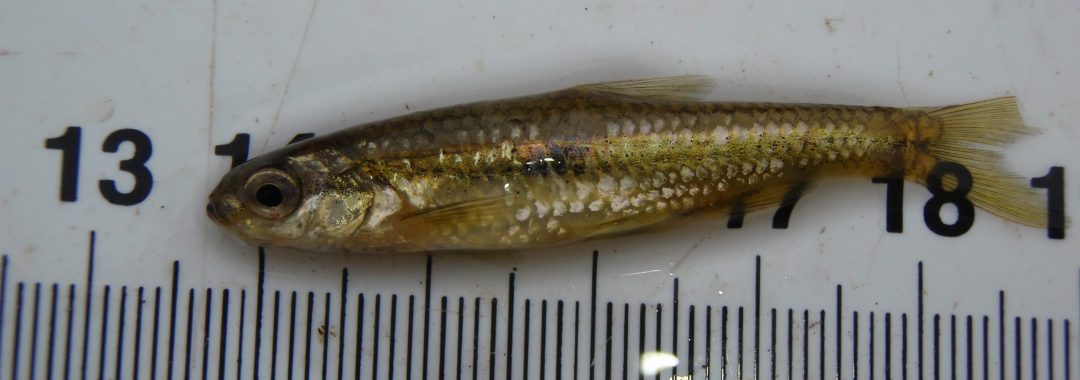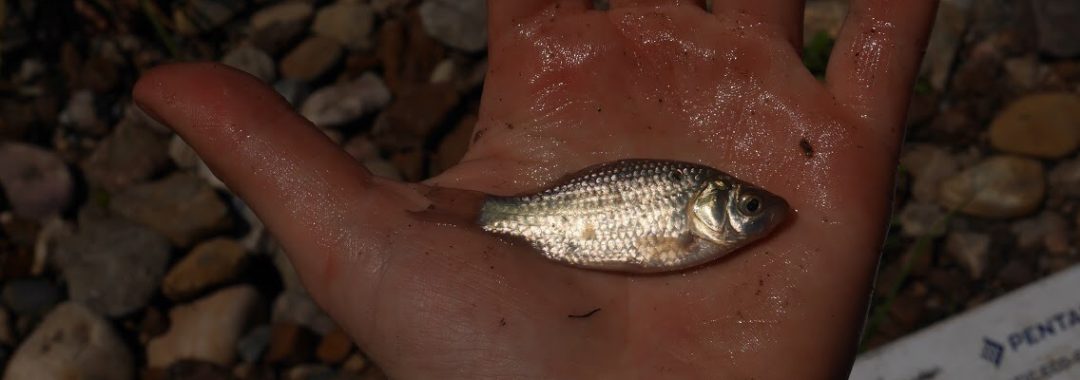Sebastian Theis won Best Poster at the Bentley Lecture Series poster session. This is a competitive award given to the best student poster at the Bentley Lecture Series. Congratulations Sebastian!
Author Archive: Poesch, Mark
The Fisheries and Aquatic Conservation Lab attends the Canadian Science Advisory Meeting on Offsetting in Ottawa
Dr. Poesch, Karling Roberts and Sebatian Theis joined the Canadian Science Advisory Meeting on Offsetting in Ottawa. Thanks to Fisheries and Oceans Canada and all the participants for a great meeting!
Join the Fisheries and Aquatic Conservation Lab for a synchronized viewing of Blue Planet 2
Please join us for a synced viewing of Blue Planet 2. During the viewing we will be live chatting with ocean scientists to answer any questions.
Location GSB 802, University of Alberta
Times:
Sunday December 16, 4:00pm – 9:00pm
Monday December 17, 6:00pm – 8:00pm
Tuesday December 18, 6:00pm – 8:00pm
Capacity for seating is 50 people, first come, first serve.
Free pizza!
P.S. – There is no entrance fee, we do however ask that you bring canned food or non-perishable food item for the food drive.
Congratulations to Michael Terry and Caitlyn Donadt for winning “Profiling Alberta Graduate Students” Travel Award
Michael Terry (not shown) and Caitlyn Donadt (shown) were awarded “Profiling Alberta Graduate Students” Travel Award. This is a competitive award given to a student/s at the University of Alberta to highlight their research. Both Michael and Cait will be presenting their research at this year’s Canadian Conference for Fisheries Research in London, Ontario. Great job Michael and Caitlyn.
The Fisheries and Aquatic Conservation Lab attends the Canadian Freshwater Species at Risk Research Network Workshop in Burlington, Ontario
Dr. Poesch and Taylor MacLeod joined the Canadian Freshwater Species at Risk Network Workshop in Burlington, Ontario. Thanks to Fisheries and Oceans Canada and all the participants for a great meeting! Freshwater species at risk research is growing!!!
Sinnatamby, R.N.*, Loewen, T.N., Luo, Y., Pearson, D.G., Bicalho, B., Grant-Weaver, I., Cuss, C.W., Poesch,M.S., and W. Shotyk. (2019). Spatial assessment of major and trace element concentrations from Lower Athabasca Region Trout-perch (Percopsis omiscomaycus) otoliths. Science of the Total Environment 655 (10): 363-373.
Abstract:
The Lower Athabasca Region (LAR) is home to the largest bitumen deposit in Alberta, and has seen industrial development related to the extraction and processing of bituminous sands since the late 1960s. Along with industrial and economic growth related to oil sands development, environmental concerns have increased in recent decades, including those about potential effects on fish. We measured major and trace element concentrations in Trout-perch otoliths from the Athabasca and Clearwater Rivers in the LAR, to illustrate spatial variations and identify possible industrial impacts. Both laser ablation ICP-MS and solution-based ICP-MS methods were employed. Of the trace elements enriched in bitumen (V, Ni, Mo and Re), only Ni and Re were above the limits of detection using at least one of the methods. The only significant differences in element concentrations between upstream and downstream locations were found for Li, Cu, and Pb which were more abundant upstream of industry. For comparison and additional perspective, otoliths from the same fish species, but taken from the Batchawana River in northern Ontario, were also examined. The fish from Alberta yielded greater concentrations of Ba, Bi, Li, Mg, Na, Re, Sc, Th and Y, but the Ontario fish more Cr, Rb and Tl, because of differences in geology.
Citation: Sinnatamby, R.N.*, Loewen, T.N., Luo, Y., Pearson, D.G., Bicalho, B., Grant-Weaver, I., Cuss, C.W., Poesch,M.S., and W. Shotyk. (2019). Spatial assessment of major and trace element concentrations from Lower Athabasca Region Trout-perch (Percopsis omiscomaycus) otoliths. Science of the Total Environment 655 (10): 363-373.
Graphical Abstract:

Also Read:
*Lab members: Nilo Sinnatamby, Mark Poesch. Check out opportunities in the lab!
Dr. Poesch attends Canadian Science Advisory Meeting on Allowable Harm for Species at Risk
Dr. Poesch provided science advice on determining allowable harm for species at risk in Ottawa, Ontario.
Measuring Prussian Carp with a cup of water (Magazine: Renew)
PoeschLab research on eDNA on Prussian Carp highlighted in Renew Magazine.

Congratulations to Karling Roberts for winning the Bill Shostak Wildlife Award
Karling Roberts was awarded the Bill Shostak Wildlife Award. This is a competitive award given to a student at the University of Alberta who demonstrates excellence in wildlife research. Congratulations Karling.
Congratulations to Cait Donadt for winning the Marten K Paetz Memorial Award in Fisheries Management
Caitlyn Donadt was awarded the Marten K. Paetz Memorial Award in Fisheries Management. This is a competitive award given to a student who demonstrates excellence in fisheries management. Congratulations Cait.

